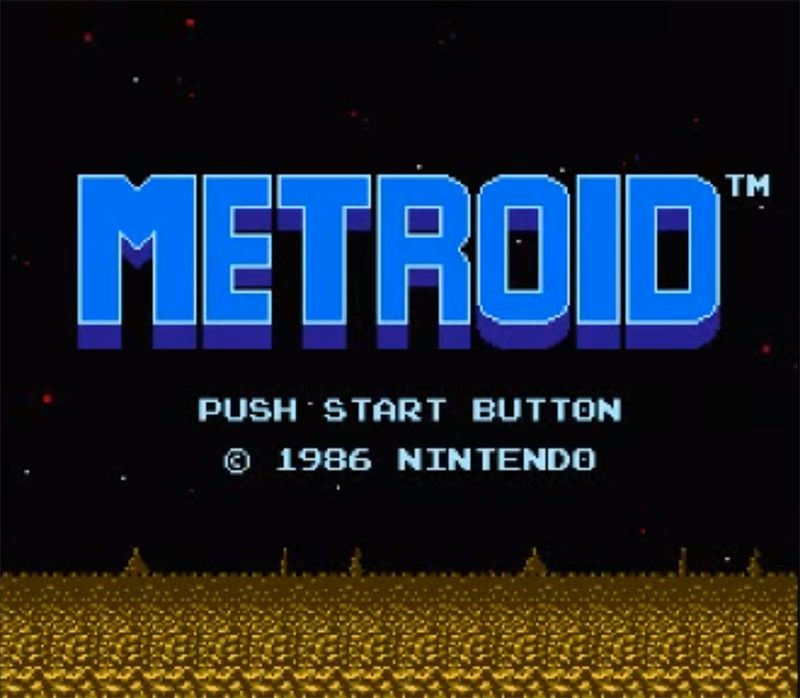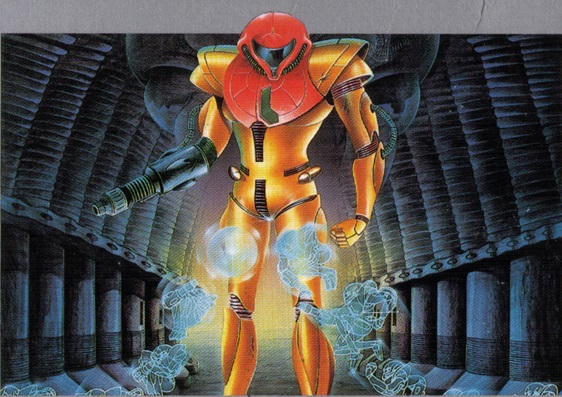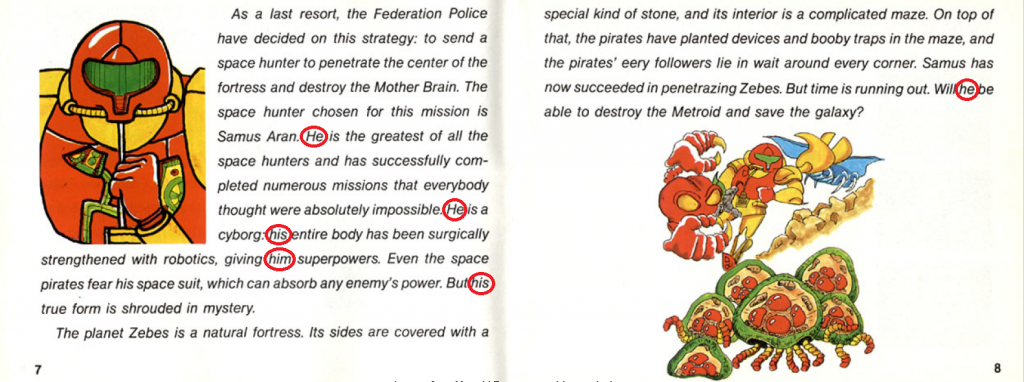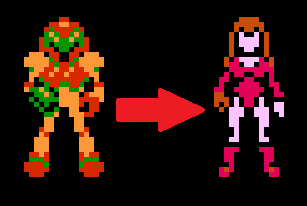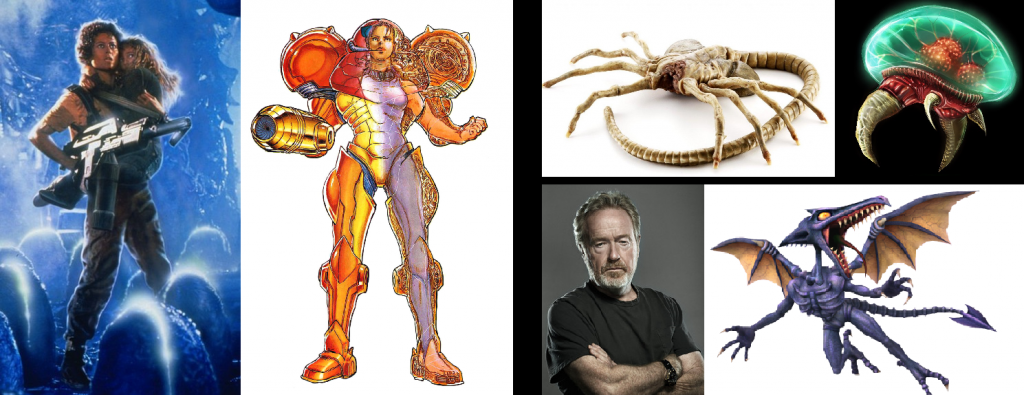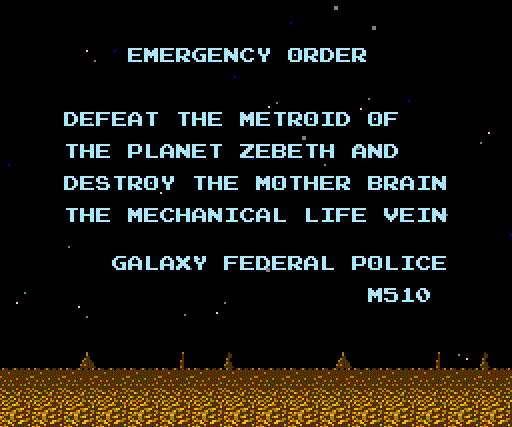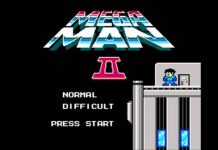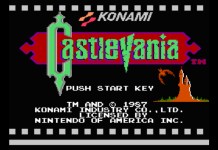In space no one can hear you scream, but this isn’t space and your neighbors can. When you do, they tend to become very concerned, especially when they hear things being thrown around and smashed inside your house. Today, we here at reTROviews bring you the first game in a legendary series, Metroid… unfortunately, this game is brutally difficult, confusing, monotonous, and all around unplayable! While it did introduce many mainstay concepts into the world of video games and created a character considered to be one of the greatest in gaming history, it just had so much wrong with it that you have to wonder how it eventually became such an amazing series.
With the already universally panned and despised Metroid Prime: Federation Force due out sometime this year, I felt this was an appropriate article to start 2016 with. I love the Metroid series, with very few exceptions… ahem, see above… the focus on exploration, incredibly engaging story, nigh perfect combat system, and all around thrill of these games makes for an excellent gaming experience and provides us as players with one of the greatest series ever conceived.
It’s true that Metroid brought us the first female protagonist in video games, but it also did something else that would prove to be vital to the industry. Its emphasis on exploration and the non-linear manner in which players traversed the world made it stand out in comparison to its contemporaries, leading to the creation of a new style of game development. The forbearer of Metroidvania, this set the industry standard in platforming and exploration. Hell, it’s not possible to complete this game without finding at least some of the upgrades, so searching for secrets is absolutely crucial!
With all that said, let’s journey back to 1986… The Nintendo Entertainment System was in full swing, producing hit after hit, with the likes of Super Mario Bros., Legend of Zelda, and Castlevania, but do you know what was missing? A new kind of game, one set in space, one that offered players an immersive horror-based experience, one that rewarded curiosity and exploration, and one that featured an unheard of (at least at that time) protagonist. Enter the latest entry to the Nintendo library from the teams at R&D1 and Intelligent Systems – Metroid!
Metroid, a literal combination of the words “metro” and “android,” was a bold new step in gaming. Featuring a non-linear design that forced players to step out of their comfort zones and actually seek out the weaponry they would need to complete their mission. Written by Makoto Kano, directed by Satoru Okada, and produced by Gunpei Yokoi, players were given command of a mysterious armored warrior named Samus Aran. Created by Hiroki Kiyotake, Samus is described as a “Space Hunter,” working for the Galactic Federation Police to recover an organism known as the Metroid from the vile Space Pirates. Samus’ identity itself was a mystery and a carefully guarded secret during development.
While today, everyone knows that Samus is a woman, at the time, the only way to find out for yourself was to beat the game within a certain time limit. Ads, magazine articles, reviews, and even the instruction manual itself all referred to Samus as a “he.”
Upon completing the game in under three hours, players were treated to Samus appearing on-screen with “his” armor suddenly fading away to reveal a woman underneath. This was a totally unheard of concept in gaming that, if legend is to be believed, was done on a whim. An unknown developer made the following statement, “Hey, wouldn’t that be kind of cool if it turned out that this person inside the suit was a woman?” Damn right it would be, Mr. Unknown Developer Guy! It set the precedent for what a woman was capable of! No longer relegated to the role of damsel-in-distress or support, women were now shown to be just as skilled, courageous, and dangerous as their male counterparts.
It’s true that Nana of Ice Climbers and, arguably, Mach Rider from Mach Rider were the first playable females in gaming, both being released in 1985. However, Nana was the second part of a duo and it’s never been revealed if the woman shown at the end of Mach Rider actually is the titular character or just eye candy. Samus was truly the first female playable character that was the main star of a game. She paved the way for the current lineup of leading ladies such as Chun-Li, Lara Croft, Lightning, Sarah Kerrigan, and Bayonetta.
In addition to crushing gender stereotypes, Metroid’s developers drew inspiration from one of film’s greatest heroines. The team was heavily influenced by 1979’s Alien and this can be seen in nearly every aspect of the game. Samus, like Lieutenant Ellen Ripley, is alone in a dark, isolated atmosphere, fighting against an unknown alien organism that feeds off of a host. The organism in Alien is found on LV-426, a dead world. The Metroid are found on SR-388, a world that they are purported to have wiped out. Ripley fights Ash, an android that was tasked with eliminating the human crew and retrieving a viable sample of the alien xenomorph in order to weaponize the species. Mother Brain, an organic computer system, leads the Space Pirates and is responsible for capturing the Metroid, planning to use beta waves to weaponize the species, and conquer the galaxy. Hell, the most blatant has to be the fact that the damn space dragon, Ridley, is named for Alien director Ridley Scott!
So let’s crack it open, slide the cartridge into our system, and turn this puppy on! (Remember, if it doesn’t work, you don’t have to blow in the cartridge, just reset your NES.) As the game boots up, we immediately find that this game feels different – very different! Unlike Super Mario Bros. and The Legend of Zelda, which had bright colorful title screens with warm and inviting music, this one instead is set on a bleak world with a black sky and sparse landscape beneath the title itself.
The imposing theme adds to this feeling of isolation and creates a pervading sense of dread, which is pretty unique considering its 8-Bit music. Hirokazu Tanaka’s expert composition, in particular, his use of silence to build tension, stands as one of the greatest parts of this game. Andrew Schartmann, the author of Maestro Mario: How Nintendo Transformed Videogame Music into an Art, believed that Tanaka may have drawn inspiration from Alien composer Jerry Goldsmith’s soundtrack, thus marking yet another connection between the two classic sci-fi sagas.
Pressing the START button brings up one of only two narrative devices we see in game. For those of us that weren’t lucky enough to have the instruction manual (which can be found here), this served as the only story you got. An urgent emergency transmission brings our illustrious heroine to the surface of planet Zebes, a world that she has a mysterious connection to, though that won’t be revealed for some time (as in, two full games). Her actual connection with the planet would be explored in both the game and comic of Super Metroid in 1994. For now, we just know that this world has weapons that only Samus can make use of.














